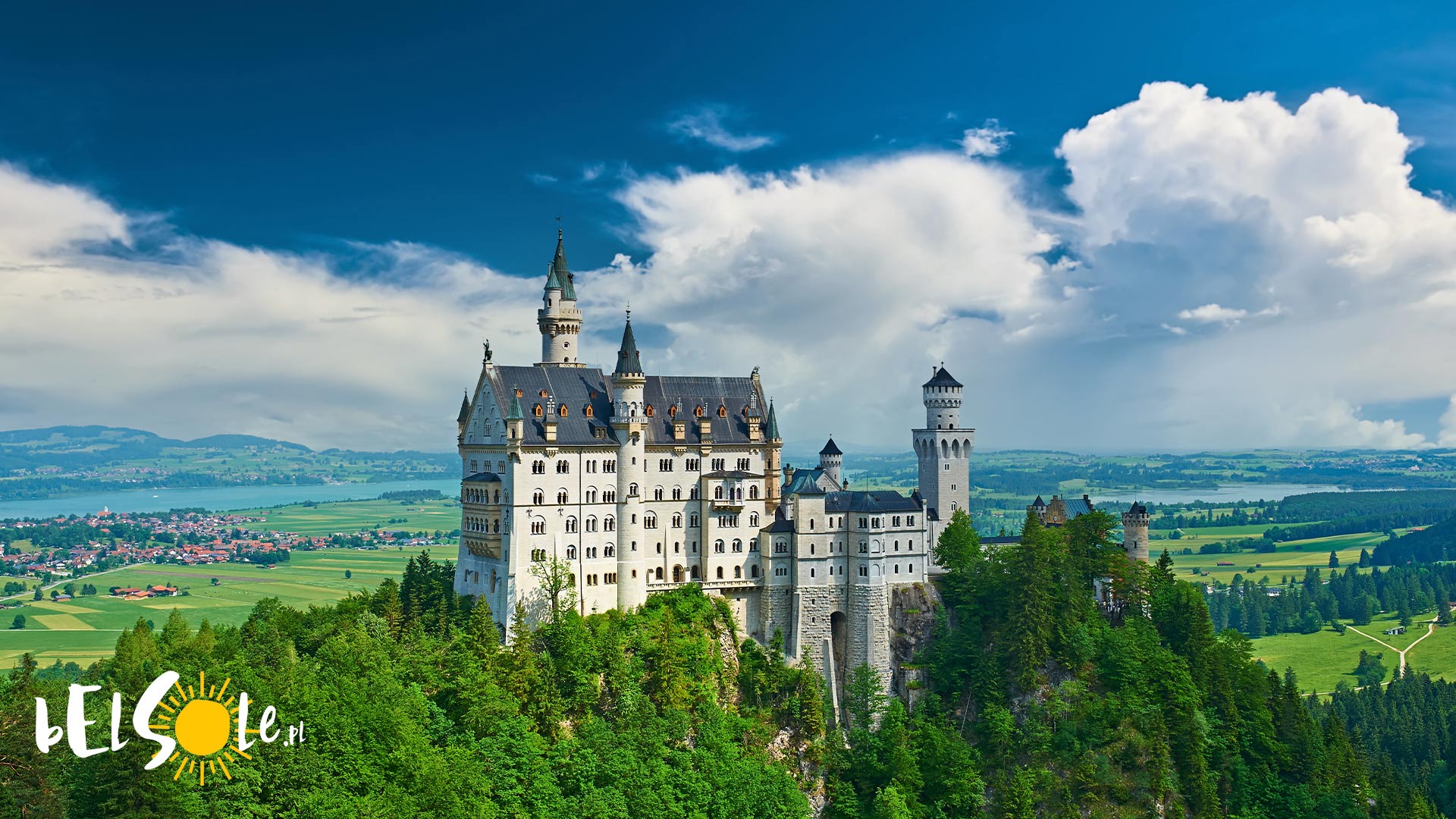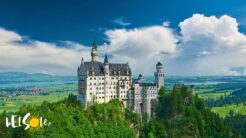If you’re over in Germany in May, you may find yourself amidst a clash: on one end, the day of labourers and worker rights, and on another bonfires, maypoles and dances. What does May Day look like in Germany? Let’s take a look!
May Day
The first of May is a public holiday in Germany, meaning it’s a day-off for the whole of the country. Formally, it’s recognised as the Labour Day – in large cities, you may find rallies or events to celebrate workers’ rights or activist events. In the countryside, however, May Day is rather known as the Hexennacht, the Witches’ Night, as, in the past, people believed it was the night when witches would celebrate on their mountain. On the night before May Day, villages may light bonfires (to scare witches away), decorate the maypole and celebrate. There’s also a celebration specific to the countryside of Rhineland – young men may decorate a mini-maypole themselves and stealthily bring it to the garden or house of the girl he’s interested in.
Naturally, these traditions are becoming increasingly rare, as young people lose interest in these traditions. If you’d like to try seeing the rural celebrations yourself, you may try either in Rhineland or around the Harz Mountains, as it’s a region specifically renowned for being heavy celebrators of May Day.
Weather
You may also base that choice on the weather – the marches inside of big cities are also noteworthy and you may want to see them too. As such, if the weather’s wonderful, you can try visiting the countryside. If it’s rainy, it’d be better to stay in the city, as you’ll find more to do there. May is typically quite a warm month, with May 1 historically being at around 19 degrees Celsius. It is, however, also quite a rainy month in Germany, with about 10 rainy days a month on average that season, so do be wary.
See also:






